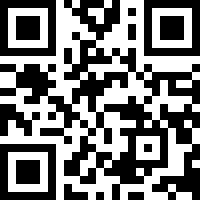Counterfeit toys can be extremely dangerous when shopping for children. Consumer advocates and government agencies have worked tirelessly to ensure that toys are thoroughly tested for safety. Children may be exposed to choking hazards, toxics, and sharp parts that could cause injury if safety testing is not performed.
Buying gifts for your children before the holiday ends? Here are five tips to make sure your kids stay safe when you shop for toys this holiday season.
1. Check the website listing
The website listing can provide a wealth of information. Keep an eye out for misspellings or mislabeling in a toy’s product description. Further, website postings with low-quality images of toys may potentially be a sign of a counterfeit product.
2. Check the age recommendations
Toy age recommendations are provided in the website listing of every legitimate toy product. It may be a counterfeit if the age recommendation stated in the website listing is not the same as what the manufacturer provides. Manufacturer’s age recommendations are found on the labels of every reputable toy. Absent a clear age range, purchasing the said toy is not recommended.
3. Check the seller’s information
The seller’s information will help you learn more about the products you opt to purchase. The seller’s information will reveal what other items they sell, the location of their business, and customer feedback on their products. Sellers with complete information are less likely to sell counterfeit products. On the other hand, when you cannot find sufficient information about the seller, it is not advisable to purchase from them.
4. Beware of extremely low prices
The product’s price is sometimes reflective of its quality. The United States Chamber of Commerce (USCC) and the Consumer Product Safety Commission (CPSC) warn consumers to be wary of products that are priced lower than other items in the same category. Comparing listings for similar items on a website with third-party sellers might be a helpful technique to determine what the average price should be.
5. Shop from official stores
If you have any doubts about the legitimacy of a toy, buy it from the brand’s official website. Major toy manufacturers and brands have verified accounts with third-party sellers such as Amazon and eBay, which can assist in establishing the trustworthiness of the toy.
Takeaway
With COVID-19 affecting the supply chain and making the holiday shopping season difficult, you need to be cautious while purchasing online to ensure that the product you purchase is safe and legitimate. Counterfeit toys may be extremely dangerous when shopping for children. Do not buy counterfeit toys for your children, as they pose safety hazards.


